I always called it acacia. People I know also call it acacia. But today, some minutes ago ...
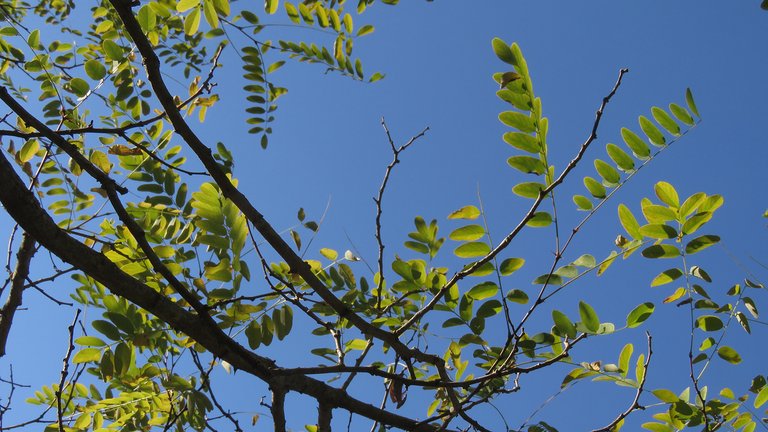
... while preparing the post, I found out that this is the Robinia pseudoacacia, commonly known as Black locust tree or False acacia.
Today, I spent about an hour under those trees, in an inland area fifty kilometers from home. The day was warm in the places exposed directly to the sun but considerably colder in the shade. The trees were young, small, the branches were only sparsely covered with feather-like foliage, so there wasn't much shade underneath. And fortunately so, because insects and spiders were active only in warm, sunny places. And I was searching for some small animals to enrich this Tree Tuesday story.
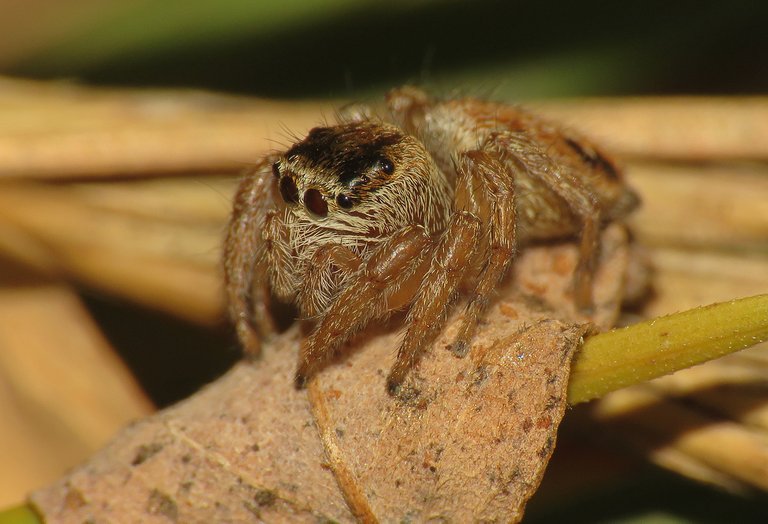
This small jumping spider was the first creature I noticed. Hasarius adansoni is the name of the species.
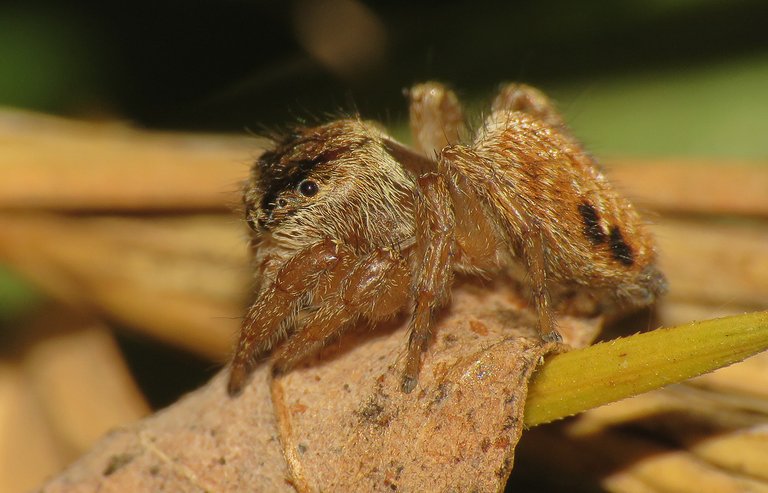
While I was photographing, the spider was exploring some fallen leaf. And soon jumped away.
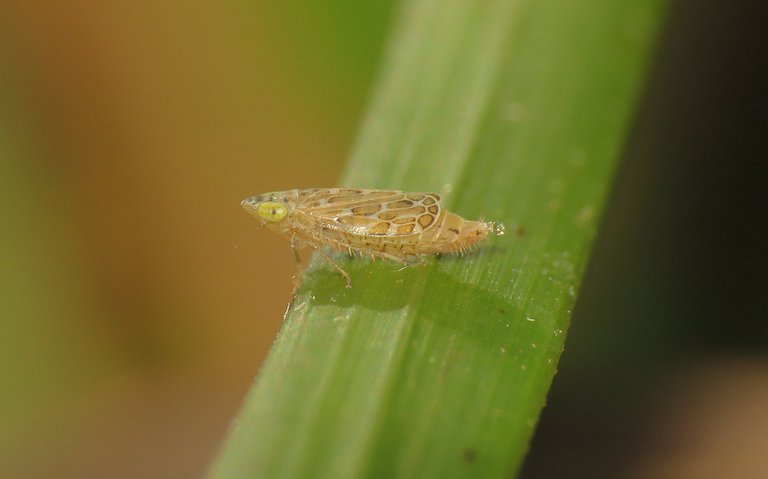
Some minutes later, on a blade of grass, I found this leafhopper. The Arocephalus punctum.
The black locust tree is native to the eastern parts of North America, but it's naturalized and widespread in many other temperate areas around the globe. It was introduced in Europe during the 17th century. I learned all this stuff while preparing this post. Since this False acacia is very common and iconic in the local landscape, never crossed my mind that this could be an imported species.
The false in the common name, and the pseudoacacia in the scientific one, are there because of the similarity between the feathered leaves of this species and some, not closely related acacias from the genus Mimosa. Both species are similar in the form of their leaves and thorns but the flowers are shaped very differently.

Pisaura mirabilis is another spider that I found under the tree.
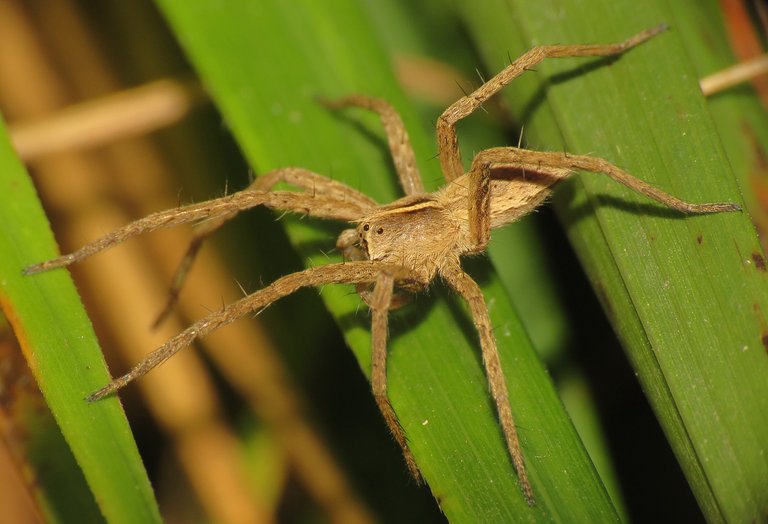
This is a species that appears very early in the spring and disappears pretty late in the autumn. Very widespread in this area.
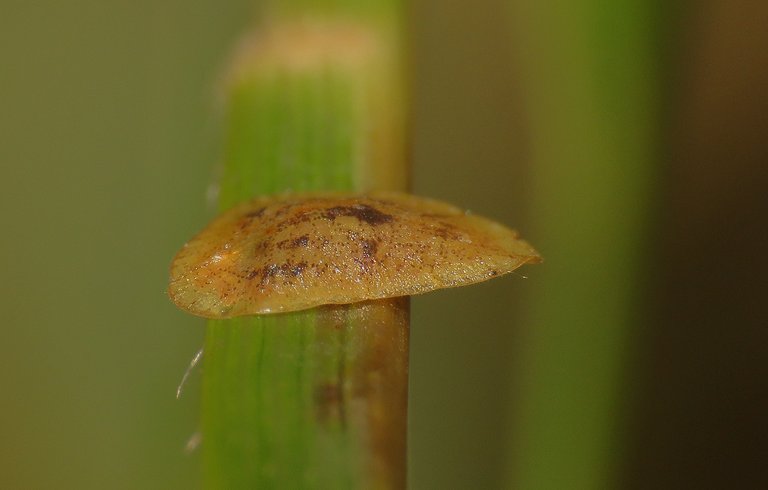
This little scale-like thing was found on a leaf of grass.
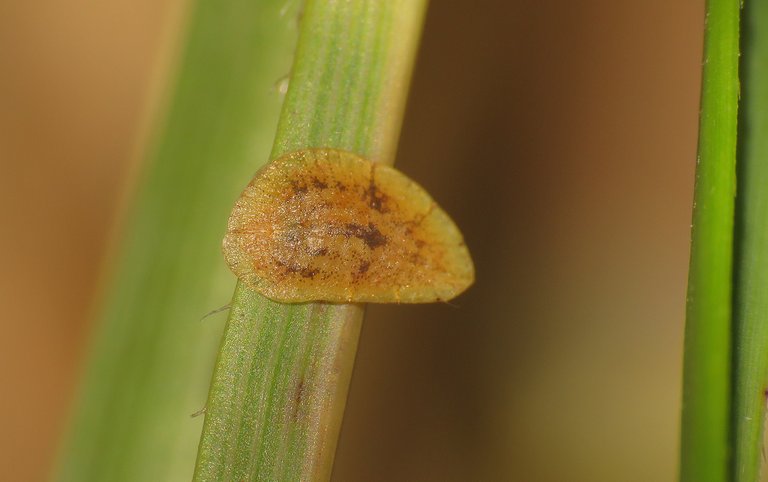
I'm pretty sure that it's a scale insect, but I can't tell you the name of the species.
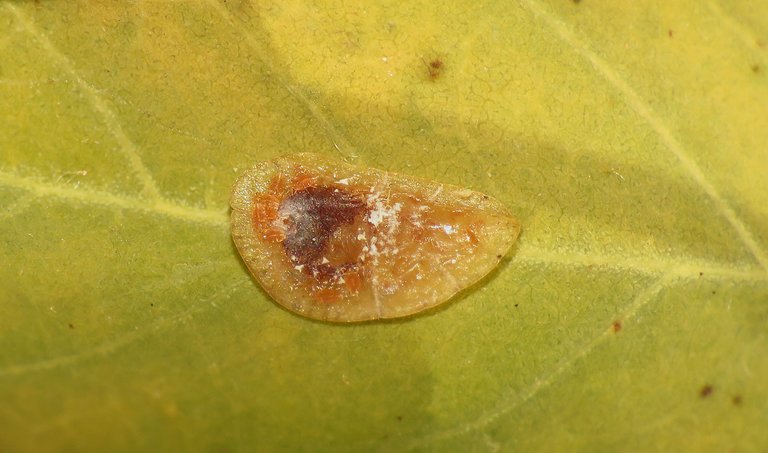
A look at its underside uncovers the typical scale - insect anatomy that doesn't resemble any other insect or arthropod.
Scale insects are small insects of the order Hemiptera, suborder Sternorrhyncha. Their appearance can be dramatically variable and their sexual dimorphism extreme. The majority of female scale insects remain in one place as adults, with newly hatched nymphs, known as "crawlers", being the only mobile life stage, apart from the short-lived males. The female scale - insect in these photographs doesn't look like an insect at all. More like some kind of flatworm or a mollusk. A minuscule limpet or something similar.
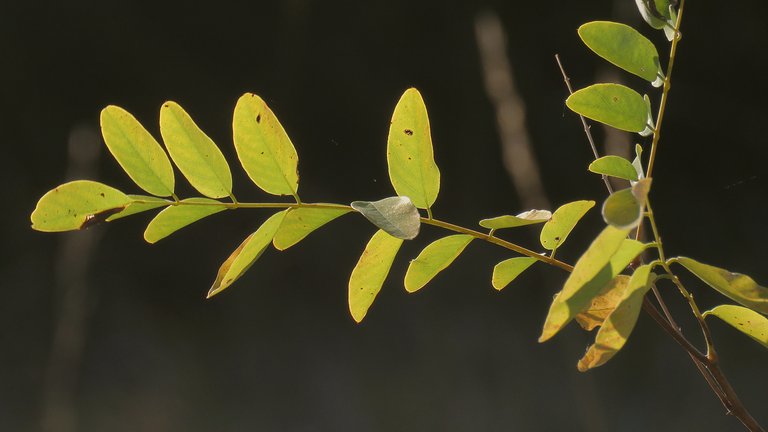
The Robinia pseudoacacia is a plant from the Fabaceae family. This family is commonly known as the legume, pea, or bean family. And in fact, the fruits ...
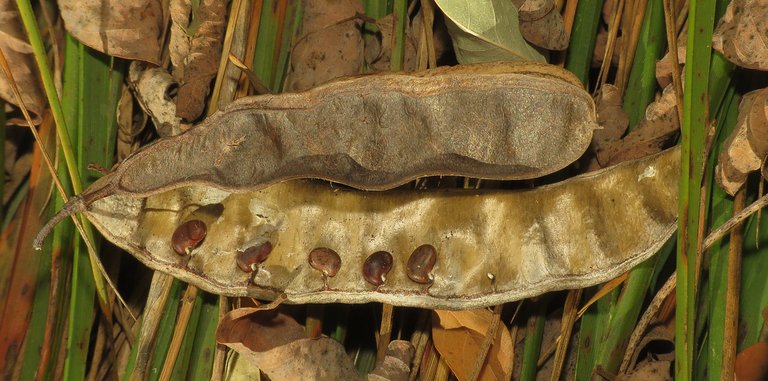
... that fall on the ground during the late summer and early autumn ...

... look a lot like those of the cultivated pea.
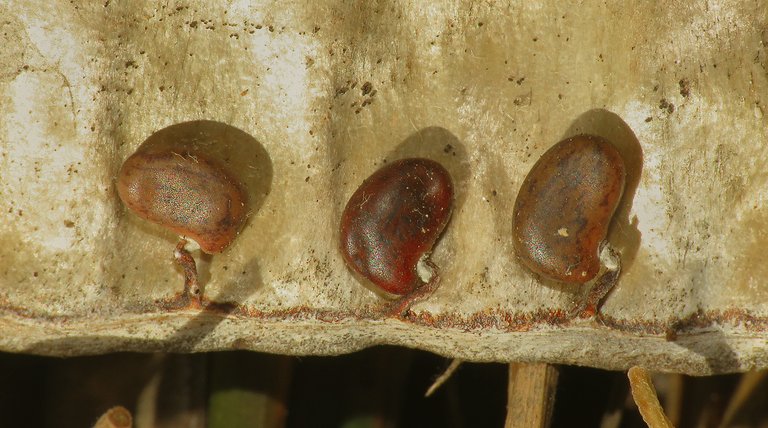
When growing in sandy areas this plant can enrich the soil. It's a pioneer species, and it grows best in bright sunlight, as one of the first resilient trees that colonize new barren places.
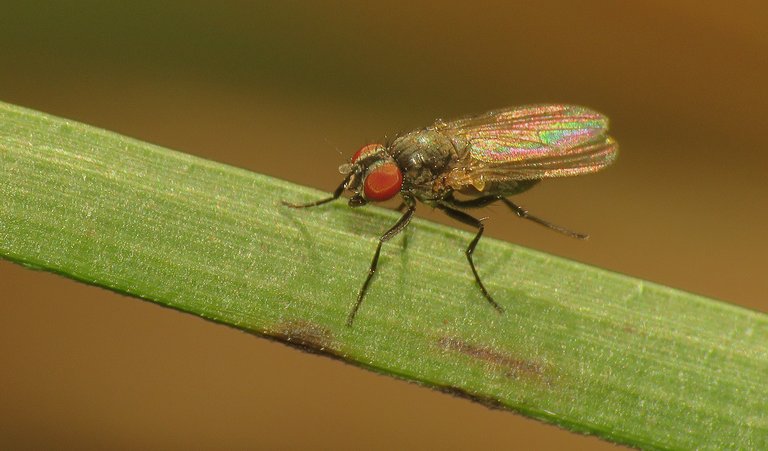
I took only a couple more shots before driving away. Photographed this small fly, I don't know the exact species ...
... and the Dock bug (Coreus marginatus).
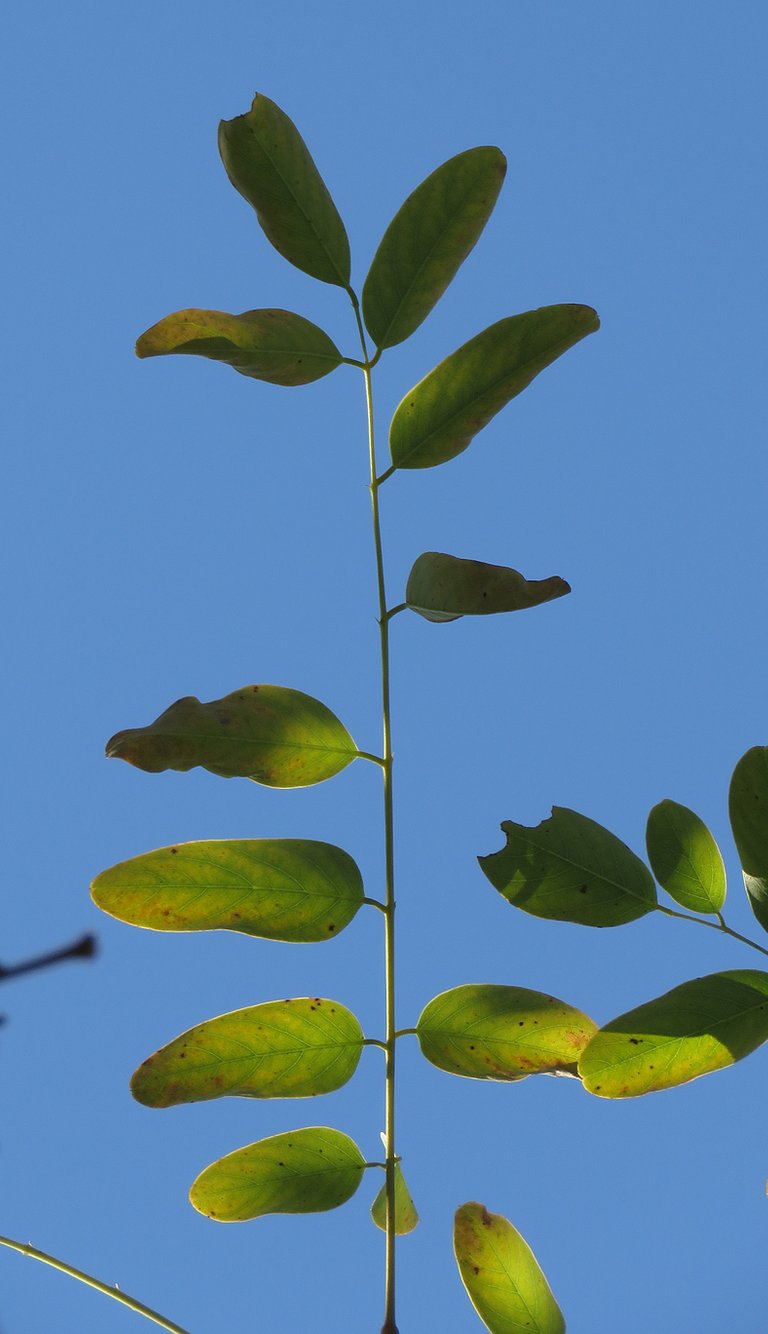
As always in these posts on HIVE, the photographs are my work - THE END.
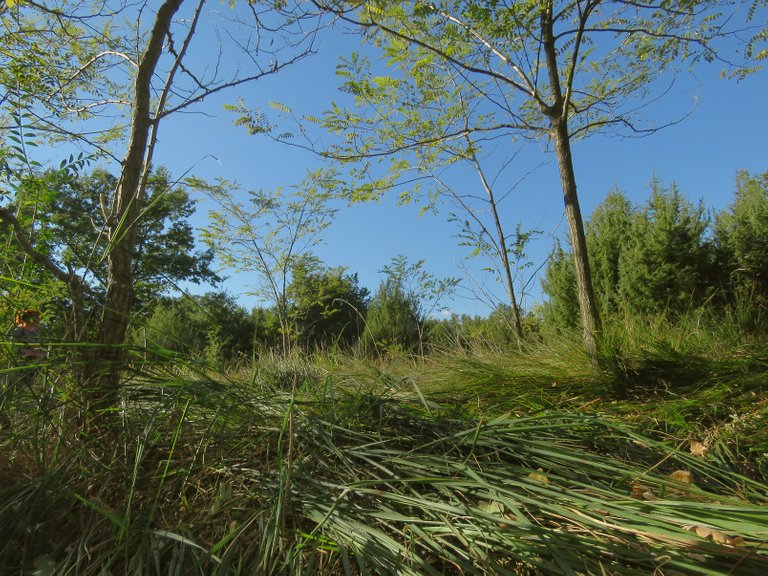
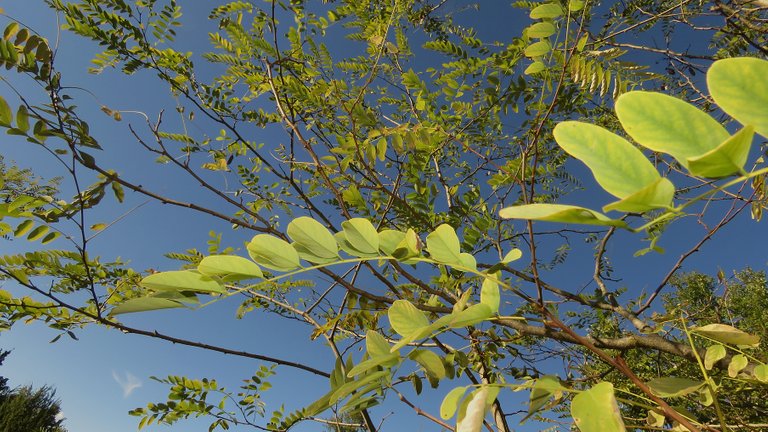
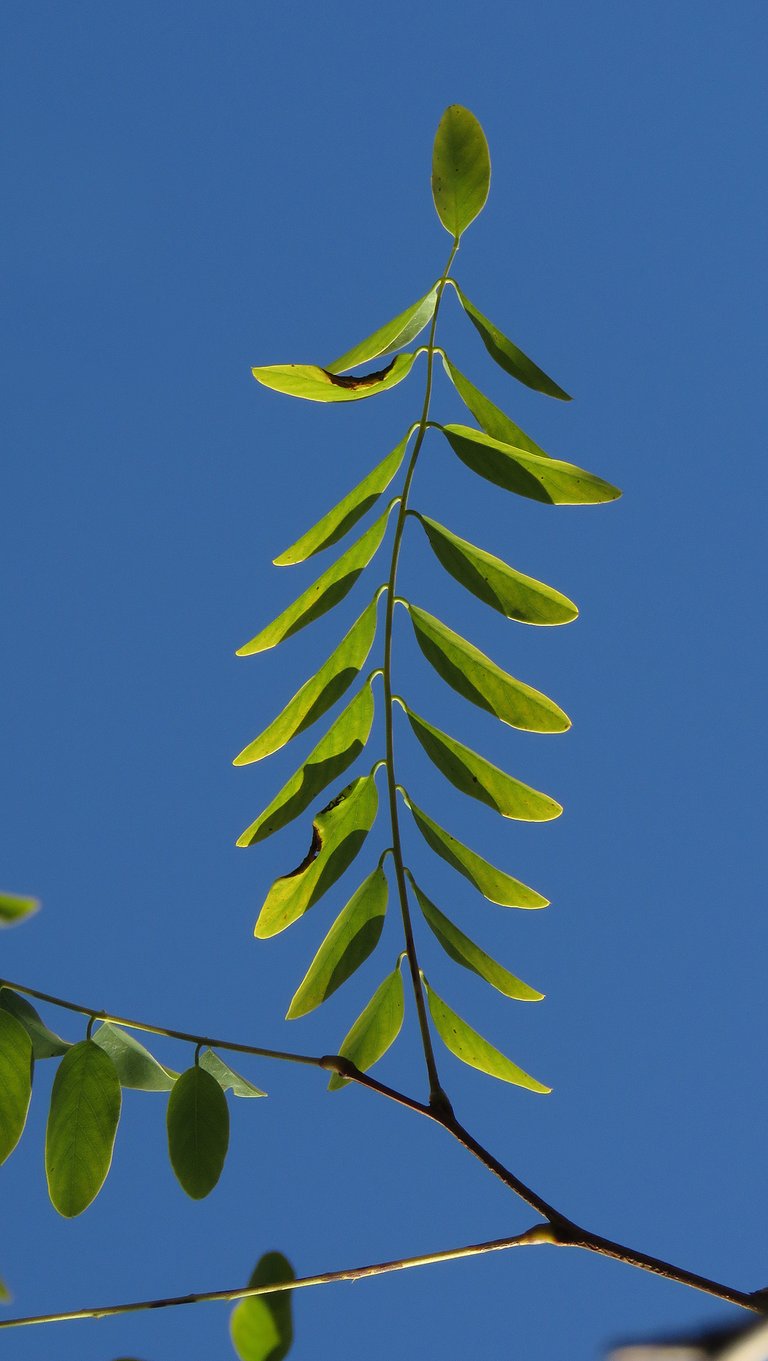

We appreciate your work and your post has been manually curated by zoology team (oscurity/nelinoeva) on behalf of Amazing Nature Community. Keep up the good work!
The acacia tree you mentioned is called by a different name in our area. Probably in our area it is known as kariya tree. The jumping spider looks awesome.
Yes, it has many names in various regions of the world. It's a resilient and very widespread plant.
Hello dear Borjas, your photos and content bring out the small insects and nature as impressive protagonists of your stories.
I am fascinated by the world of insects that you capture in your photos, you are amazing and a great photographer. Congratulations my friend.
Thanks for sharing and giving us the opportunity to enjoy and learn from the micro world that often goes unrecognized.
Thank you :)
Amo la naturaleza y la paz que brinda...buen trabajo @borjan
Gracias :)
Great pictures bro , your work is amazing
How lovely ... I love to walk under trees but my work schedule will not allow it today, so this was a treat!
Thanks. :) Glad that these photographs brought you on the virtual walk.
That jumping spider sure is hairy! I love the patterns on the Arocephalus punctum. The iridescence on the small fly was pretty.
Coolll spider small and rare to see ;))
Hi @borjan ,You look for small animals and we see them well, very large :) It is a joke, but it is the truth, your camera amplifies and in what way ha ha ha ha, ignore me, today I got up with the desire to joke, your post is very technically, you learn and teach us, but I will not learn scientific names, better spiders, insects etc.
I wish you a happy start to the week, I want to make more jokes, so I better not say more, I do not want you to get mad at me for being an annoying boy, hey you know that I appreciate and respect you :)
Thank you :) Wish you a great week. Hehehehe, good observational joke. :D In my language, there is an idiom for exaggerating that goes traduced literally " Making an elephant out of the flea" I'm doing that kind of job here. :D
Lepi detalji prirode 👍
:)
super wowza lens there... i love the wings on the fly!! great shots
Awesome detailing brother❤️❤️👌👌
Excellent work friend, I love animals and nature a lot and your publication really made me know a little more.
very good photos friend
Your pictures are super clear, and it makes the picture so beautiful.
The little animal is like a lethal leech, it carries a lot of poison.